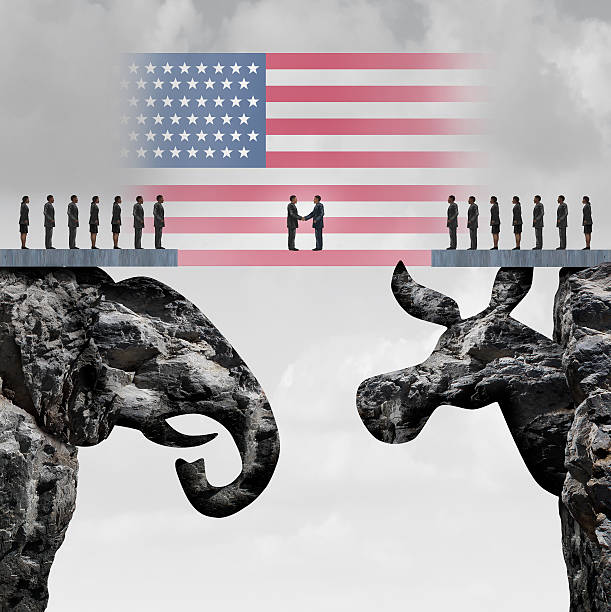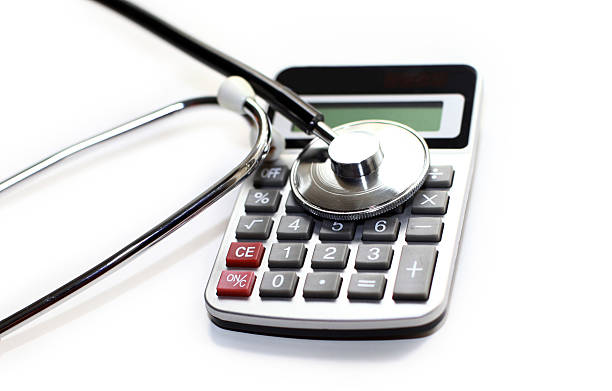The Administration's Drug Price Reduction - For Real or For Show?

The Trump Administration, and the President in particular, have made a political issue out of forcing manufacturers to reduce the pricing of their prescription drugs. This week the President made good on his pledge…..sort of. (here)
He announced a pilot proposal beginning in late 2019 or 2020 that would allow the Centers for Medicare and Medicaid Services (CMS) to change the method the agency uses to pay doctors to administer certain infused and injected drugs. The target is a 30 percent reduction in this class of drugs. These pharmaceuticals are administered by physicians in Medicare Part B. Only half of the U.S. would participate in the project.
Not included are the most commonly used prescription drugs both in and out of the Medicare program. The actual impact of the new proposal will consequently be very limited.
The President opines that the other major industrialized countries receive substantial discounts on drugs due to nationalized buying power. He recognizes this as the price control it actually is. He goes on to state that American patients pay a much higher price and therefore subsidize drug purchases in other countries.
The reality is that Americans do pay a higher price for prescription drugs and this increased revenue pays for the vast majority of research and development of new pharmaceuticals. Without the extra income from U.S. patients, the entire world would suffer from lack of new life-saving and life-extending drugs.
The solution to high drug costs is not price control. (here) Only seven percent of possible drugs survive the research phase, make it through clinical trials, and go on to be marketed and make money for their manufacturers. Over 90 percent of research on new drugs fails to produce treatments and lose money. The final pricing of the few successful drugs must make up for all the money spent on the research and development (R&D) of all the previous failures.
In 2015, the ten largest drug manufacturers spent 18 percent of their total revenue on R&D. A better comparison across industries is the percent of sales spent on R&D. According to the National Science Foundation, in 2014 the average of sales profit across all industries spent on R&D was 3.5 percent. The pharmaceutical industry spent 13.4 percent of total sales profit on R&D, a higher percent than the computer and electronic industry, which spent 10.2 percent.
If the Administration really wants to bring prices down and increase competition in the drug industry, it should focus on streamlining the government drug approval process to decrease the time and money manufacturers devote to bringing a new drug to market. Depending on the study, the average cost of bringing a drug to market today is $2.5 to $5 billion and takes 10 to 15 years to get through the government regulatory process. There is even a backlog of generic drugs awaiting government approval.
Putting price controls on drugs would not solve the fundamental problem of our health care delivery system. Unlike the electronics or computer markets, in health care a third party, either the government through Medicare, Medicaid and Obamacare, or employers through insurance companies, pays for the majority of health care in the United States. Drug wholesalers and pharmaceutical benefit managers may negotiate better drug pricing, but this comes at a cost that is not readily transparent. Patients, as consumers of health care, and doctors as providers, are isolated from the actual costs of drugs and treatments.
Throughout our economy, a vigorous and creative free market, without third party interference, results in better products at cheaper prices every day with constant improvement. Allowing patients, in consultation with their providers, to decide which drugs are best clinically and financially for them should be the goal of health care reform, not damaging price controls.







